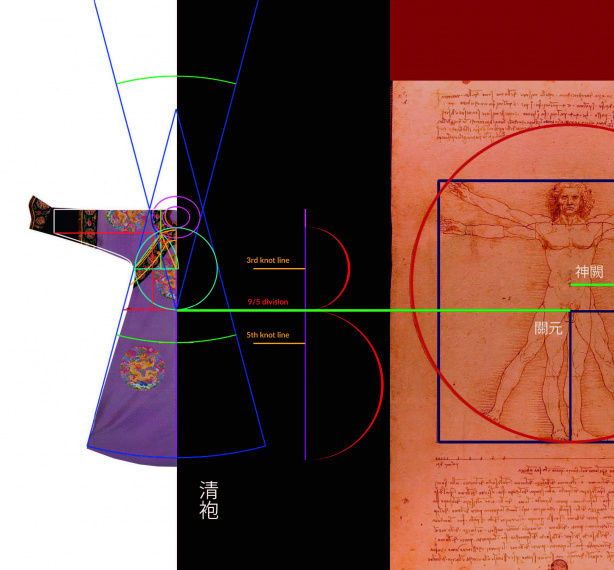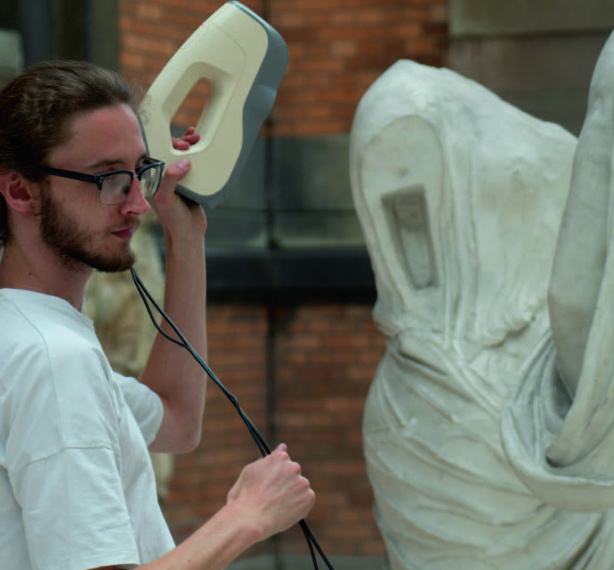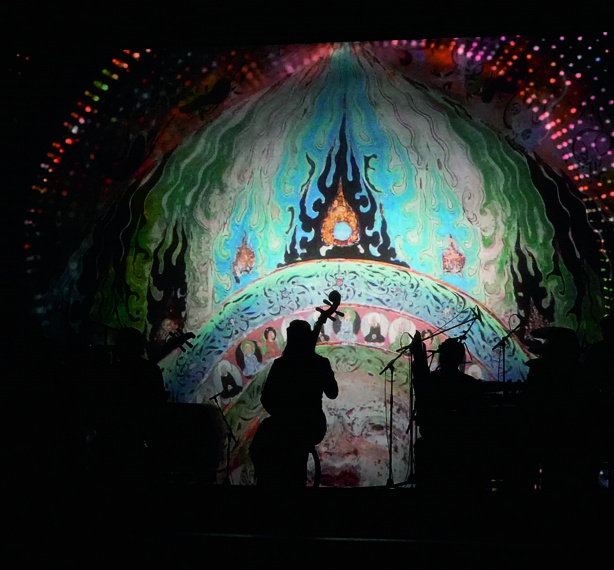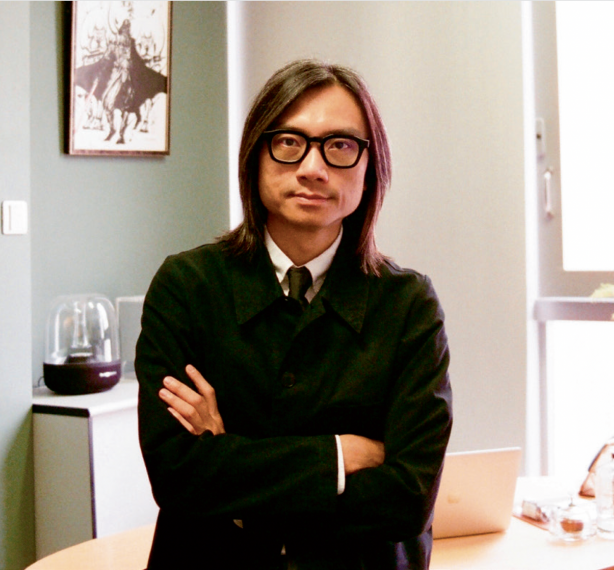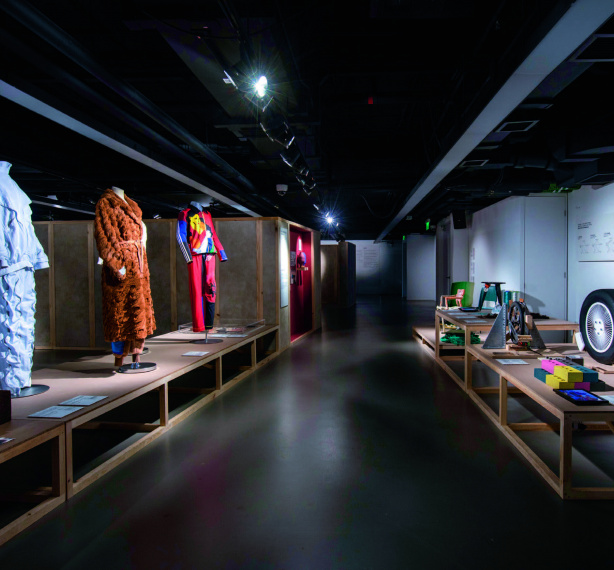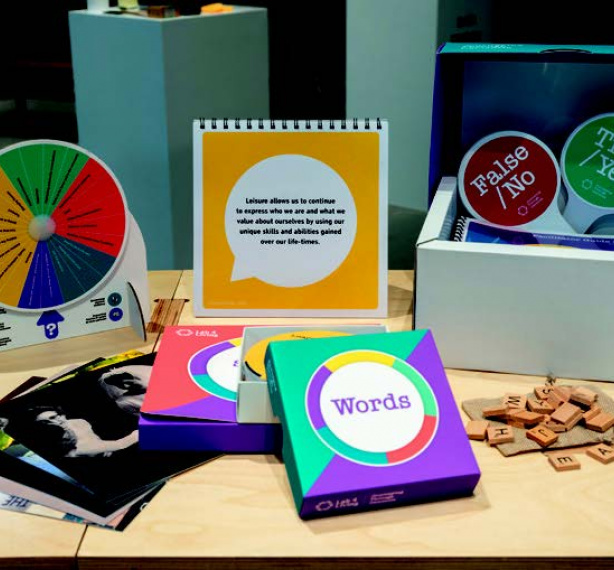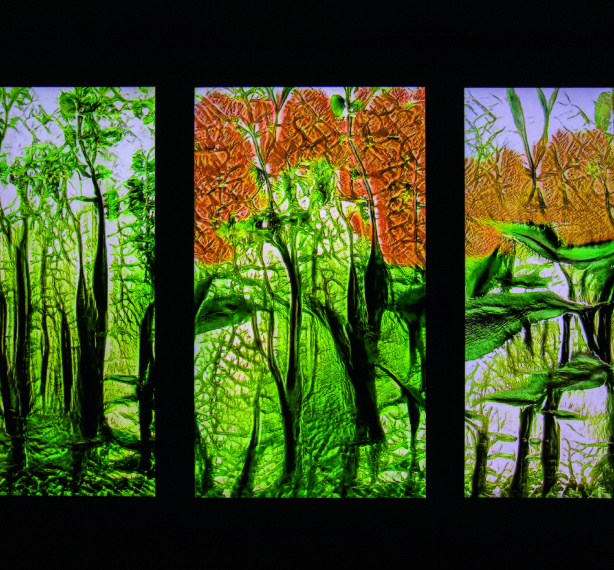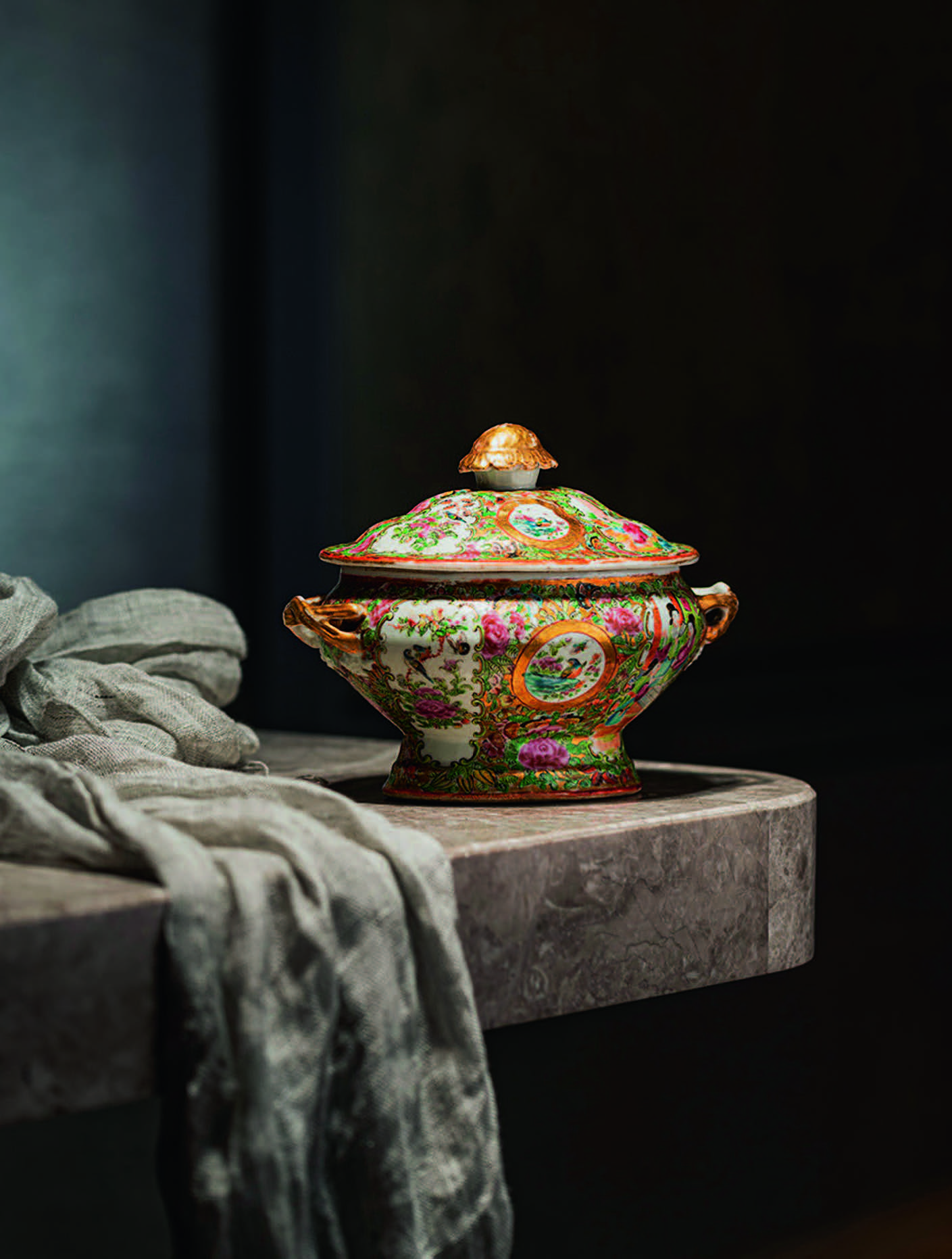
|
Traditional Chinese culture is profoundly influential. As the society attaches more and more importance to cultural identity, projects themed with cultural revival are emerging. Yet, people have almost always only focused on formal art categories. Traditional craftsmanship that does not belong to the mainstream rarely receives much attention. Things have changed because of the increasing prominence of the creative economy in recent years, the renewal of the market and population structure, and the rise of social consciousness. Traditional folk crafts are now hot items in the cultural and creative industry, thanks to their unique cultural character, the distinguished technical skills applied and their relevance to everyday life. "Chinese is Cool" is a new theme advocated by cultural entrepreneur Adrian Cheng – the founder of K11 Craft & Guild Foundation (KCG). Under this theme, KCG has redefined its work to conserve and rejuvenate traditional Chinese craftsmanship with a more relevant zeitgeist. Guangcai is a project sponsored by KCG. Through various novel creative, operation and promotion channels, a strong case for bringing traditional Chinese crafts to the world and into the future is established.
To conserve cultural legacy, the old must first be preserved. To revive, the old must be reinterpreted in a new way. KCG reinterprets heritage conservation by innovating.
It injects new meaning and builds a new image for traditional Chinese craftsmanship by making it practical, vogueish and international. The Board Member of KCG Ms Charlene Mo said, "Our overarching direction 'Chinese is Cool' uses simple words to convey deep meanings. It is about traditional culture, as much as it is about the design and creativity of the new generation. It covers fashion, architecture, or even the immensely popular rap music. These art forms comprise both Chinese elements and Western interpretations. Traditional crafts are enlivened when they become part of modern living. We are very selective with the crafts we work on and there are eight on our current list, namely Guangcai, hundred-treasures inlay (Baibaoqian), mother of pearl inlay (Luodian), gilt decoration, plaster moulding, wooden architecture, cut-silk (Kesi), and Dreams of the Red Chamber. All these have a profound impact on the art and culture of the world."
KCG prides itself as a "culture artisan" and strives to conserve and revive traditional Chinese craftsmanship that may soon be lost. It works to establish a cultural ecosystem for crafts and to create social value that the public can share. Guangcai is the first craftsmanship item on KCG's list. Guangcai porcelain originated from Guangzhou. The overglazed craft is created by painting over a white primer. Belonging to the four main schools of Chinese porcelain, Guangcai is famed for its vivid colours, meticulous composition, and exquisite painting. Guangcai flourished in Qing and has been around for three centuries. The painted and gilt porcelain of Guangzhou is a
marriage of the ancient colouring techniques of Ming dynasty and Western painting skills. It has preserved the Eastern characteristics of Chinese art while incorporating an exotic Western touch.
In the old times, Chinese porcelain was mainly produced in Jingde before being transported to Guangzhou for export. As travelling caused lots of breakages, the process was modified such that blanks were made in Jingde, glazed in Guangzhou and exported from there. Guangcai took the European market by storm with its famous "East
meets West" designs. The profound contribution to cultural exchange of Guangcai earned the overglazing technique a place on the list of China's National Intangible Cultural Heritage in 2008.
Mo reckoned, "The art and culture of the world is undoubtedly influenced by various traditional Chinese crafts, which gave rise to the term 'Chinoiserie' in the 18th century. The artistic style refers to imaginative, novel European creations inspired by the cultures of China or East Asia. As they appreciated Chinoiserie art, Europeans had fantastical imaginations of Chinese culture and a yearning for the Chinese way of living. Chinoiserie is a fusion of uniquely eastern and western attributes. It integrates Chinese craftsmanship and Western painting style and an amalgamation of eastern and western cultures. Guangcai spread overseas at the end of the 17th century and its
influence lasted for more than a century in the 18th century. Our contrastive studies of Chinese and Western techniques revealed that when Chinese skills reached Europe in the 18th century, Europeans learned and added their own thoughts, resulting in a derivative art form. Their Baroque and Rococo styles exhibit certain influence from
'Chinoiserie', because they shared very similar roots."
On conserving and reviving traditional Chinese craftsmanship, KCG embraces a collection of philosophies, execution methods and values that are evidently different from other similar organisations. For example, it attaches more importance on integrating cultural research and art creation and crossing over traditional techniques with contemporary designs. KCG offers artisans a platform to demonstrate and promote their craftsmanship, educate and popularise their creations, as well as to create items that can be appreciated and used, etc. Mo explained, "To modernise and to make art chic are one of the directions on which we insist. We do not want to stop at upholding and passing on these traditional crafts. Instead, we strive to revive them in a way that they stay relevant to contemporary living, and that they stay innovative. Traditional crafts must be practical in everyday life, resonate with their users, and set the trend."
This is exactly why KCG has lined up many collaborative projects with young artists. These are organised to give a boost to the chic aspect, and to capture the attention of Hong Kong youth. Whether it is conservation or revival, an engaging new generation willing to take part in them is crucial. The consumer market and the way that cultures are spread both illustrate that the pastime and social media of the young ones are completely different from what used to be popular. Such evolution sparked KCG to position traditional craftsmanship at the forefront of trends. "We have done quite a few crossover projects to introduce the crafts into different scenarios of everyday life, so as to redefine their conventional image. The results demonstrate that cultural heritage can do much more than being collected by museums. The possibilities are endless and they can be involved in all aspects of our life."
Mo commented, "Unlike pure art, crafts are more concerned with how they are created. However, the paintings on Guangcai are art on their own - they are carriers for the artisans' art. The skills applied to Guangcai paintings are based on Chinese ink, but they can be portrayed in a highly contemporary way. In the past, Guangcai was a privilege of the royals, aristocrats and the rich. The general public rarely had the chance to use them. But the intricacies of Guangcai art were a genuine expression of Chinese craftsmanship, which fostered its spread to the whole world. We hope that our work on transforming traditional crafts into modern applications can connect them with many more people throughout China, who will come to learn and understand the art. All in all, the goal of our promotion is to demonstrate how Chinese culture could affect the whole wide world. This is dear to the heart of the 'Chinese is Cool' direction."
Every traditional Chinese craft project that KCG works on begins with academic research, because craftsmanship is usually lost as a result of overly relying on verbal transmission, inadequate textual records, or disorganised descriptions. KCG does the groundwork, delves into the origin, observes and records the refined techniques and studies feasible directions for the future. Mo said, "We believe that relevant academic research can serve as an archive, which can be used as a system to collate all related information about traditional craftsmanship. A bilingual (Chinese and English) monograph dedicated to Guangcai research is scheduled for publication this year. Master Yang Jianping is the chief writer. This is the first step of KCG for bringing traditional Chinese crafts to the world."
KCG will continue to host various exhibitions and seminars. It will also make use of digital technologies such as VR, metaverse, 3D scanning, etc. so that everyone can appreciate these cultural assets without being physically there. These work dovetails with KCG's efforts to rejuvenate traditional craftsmanship. Afterall, emerging technology is the tool that can effectively foster the integration of traditional crafts and contemporary art. At the same time, KCG would not overlook multi-channel propagation through online and offline channels. It will continue to take part in and organise exhibitions, or showcase artefacts in its own galleries, so as to share its work on conserving and reviving traditional Chinese crafts with the world.
Mo said, "KCG and its collaborators are always attempting to popularise traditional Chinese crafts through different means. We have progressed with time, and we hope to extend the power of contemporary aesthetics such that the culture of Chinese crafts can once again become a mega trend. After a few years of industrious work in Hong Kong and Chinese Mainland, we hope to bring these crafts to overseas locations. Our grand plan for 2023 is to organise exhibitions in Paris and conduct serious cultural exchange to demonstrate the confidence and pride of Chinese culture. This will be an important milestone for KCG as much as it is for external exchange of Chinese culture. While we do not have further details to share at the moment, our biggest goal is to truly illustrate the glamour of the revived traditional Chinese craftsmanship in an art and culture hub like Paris. We hope to give a fresh spin to the message of 'Chinese is Cool'."
|


